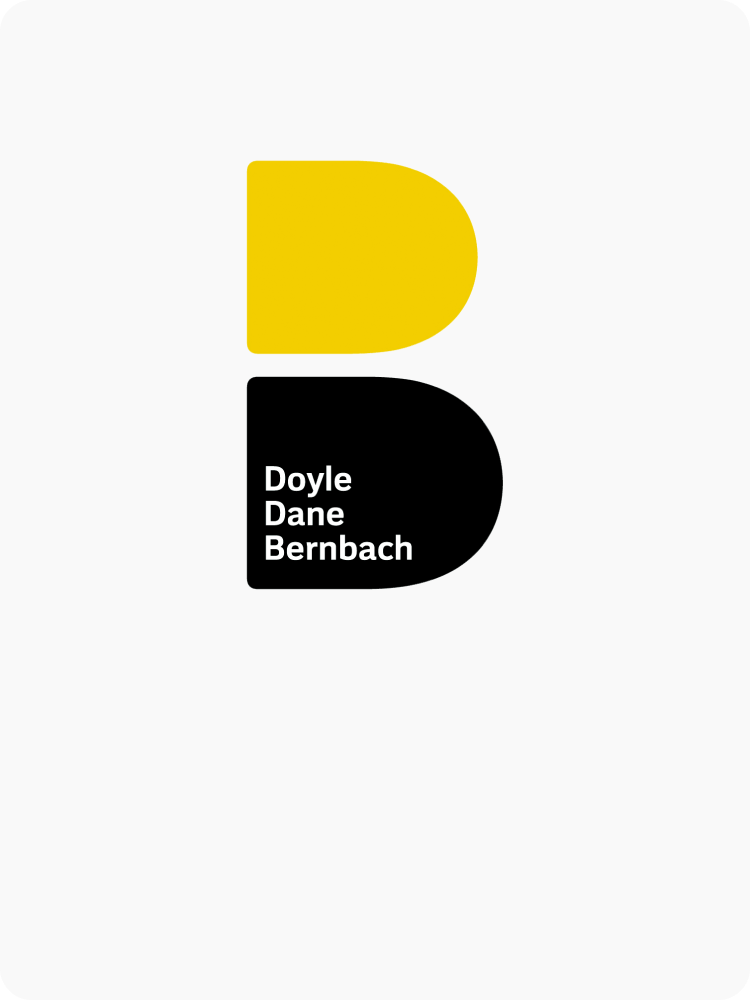Design Dialogue
Have you ever thought about how a simple design can shape our experiences and touch lives? This easy-to-understand article will take you on a journey through the fascinating world of design, one that is inclusive, fair, and reaches out to all. Wondering how we can make products, services, and environments accessible and useful to everyone, no matter their background or abilities? Or how can we celebrate different cultures and give everyone an equal shot through our designs? And what about evolving and improving our designs based on feedback? By thinking about these, we can work towards a more caring and fair world for all. Intriguing, right? So, are you ready to learn how we can make our designs feel like a warm, welcoming hug to everyone? Let's jump in!

In our realm, every user is unique, with distinct experiences, capabilities, and needs. The goal for us as designers is to design for everyone, not just the majority, but the entirety of humanity. Inclusivity in design matters because it ensures all individuals can interact with our designs as seamlessly as possible, irrespective of age, size, ability, or disability. When we incorporate inclusivity into our designs, we're celebrating diversity and enhancing usability while expanding our reach.
Equitability is equally critical in experience design. It's about fostering fairness and neutrality. We want our designs to cater to everyone, not just the privileged or the majority, but ensure even those from marginalised or underserved communities can equally reap the benefits of the product or service. Designing with equitability means we're crafting experiences that help create a more just and equitable world. It's an act of empathy: understanding the challenges faced by users from all backgrounds and circumstances and addressing them. When we create an equitable experience, we're respecting and valuing all users – a core principle of impactful and meaningful design. Here are some aspects of inclusive and equitable design:
Inclusive & Equitable design needs to be accessible to individuals with a wide range of abilities. This includes considering Visual, Auditory, Motor Skill, Cognitive, and Speech disabilities when designing an experience. In the digital realm, this can mean providing text alternatives for images, ensuring colour contrast for those with visual impairments, or designing the product to be navigable using only a keyboard. Accessibility is a legal obligation for many counties that are enforced as laws or regulations to protect the rights of people with disabilities and prohibit discrimination based on disability. In the United States, there’s the Americans with Disabilities Act (ADA). The United Kingdom has the Equality Act 2010, which replaced the Disability Discrimination Act 1995. Australia has the Disability Discrimination Act 1992.
Usability gauges the ease of use of the user interfaces for people with a wide range of skills and experiences. This can mean ensuring instructions are clear and intuitive or making sure users can easily locate the information or features they need. Usability is defined by five quality components:
Usability for Accessibility brings these two concepts together to ensure a product or service is not only accessible to users with various disabilities but also provides a positive user experience. This requires consideration of various elements, including:
By focusing on "Usability for Accessibility," designers make sure that their designs are not just technically accessible but are also easy to use and provide a good experience for users of all abilities. This can involve a wide range of design choices, from the layout and colour contrast of a website to the wording of instructions and error messages to the way users navigate through a site or app. It's important to note that improving usability for accessibility often improves the experience for all users, not just those with disabilities. For example, captions for videos can help people who are hard of hearing, but they also benefit users in loud environments or who prefer to watch videos with the sound off. Similarly, clear navigation and error messages help all users, not just those with cognitive disabilities.
The design should reflect the diversity of the people who use it. This could involve ensuring that materials show a diverse range of individuals or, for designs that involve user-generated content, providing options that allow users to represent their identities accurately and respectfully. Representation in the design is crucial as it shows respect for and understanding of the diverse identities and experiences of the users. It’s also about visibility and recognition, allowing everyone, regardless of race, gender, age, religion, ability or sexual orientation, to see themselves in the design and feel they belong. This is significant because it fosters a sense of inclusivity and can influence user trust, loyalty, and engagement with the product. Some elements of representations are:
The design should respect and accommodate a wide range of cultural norms and practices. This could involve considerations like making sure language is respectful and inclusive or ensuring that the design can be used in a way that aligns with different cultural practices. Cultural sensitivity is an awareness, understanding, and acceptance of the differences and similarities that exist among people with different cultural backgrounds. It involves recognising and respecting cultural diversity and implementing this understanding in all aspects of life, including work, communication, and social interaction. In the context of design, cultural sensitivity is about considering the diverse cultural backgrounds of your potential users and respecting these differences when creating your product. Some elements of cultural sensitivity in design are:
The design should provide equal value to all users. This might involve considerations like ensuring that pricing structures are fair and affordable or that all users have access to the same features and benefits. Equal opportunity is a principle that emphasises the importance of providing the same opportunities for advancement, growth, and progress to all individuals, irrespective of their gender, race, age, religion, disability, or sexual orientation. In an environment that promotes equal opportunity, individuals have the same chance of achieving positive outcomes, and discrimination is actively eliminated. Equal opportunity is about creating environments where everyone has the same chance to participate fully and succeed. It involves eliminating discriminatory practices and fostering an inclusive and diverse environment. Some elements of equal opportunity are:
Inclusive and equitable design is an ongoing process. It's important to continually seek feedback from a diverse range of users and to be open to making changes based on that feedback. Feedback refers to the information that you receive about the product from users and stakeholders. This could be via usability testing sessions, surveys, interviews, analytics, or other forms of user research. Feedback is crucial because it provides insight into how well the product meets user needs and expectations, and highlights areas where improvements can be made. Improvement refers to the act of making changes or adjustments to the design based on the feedback received. This could involve refining the user interface, modifying features, fixing bugs, or making other changes to enhance the overall user experience. Feedback is only useful if it's acted upon, so always make sure you have a plan for using feedback to make improvements. This often involves prioritising feedback based on factors like user impact, feasibility, and alignment with business goals. Some elements of feedback and improvement:
Written by,
Ashkan Deravi, Human-Centred Design Advocate and Innovation & Experience Enthusiast
2023
Photo by Jon Tyson on Unsplash
Other Projects

Tap, Trade, & TrackCommSec

Transfer SharesCommSec

AI Stock ScreenerCommSec

Zero Product OriginationCommSec

Modern AgencyDDB Group Australia

Empowering EmployeesTelstra
You don’t have to see the whole staircase, just take the first step.
–– Martin Luther King ––